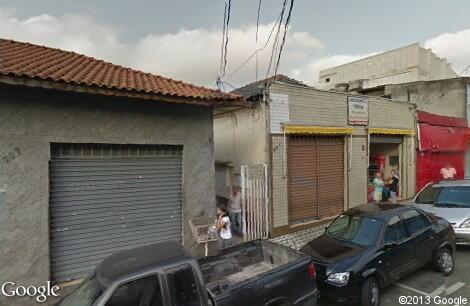

Think of it as foot-traffic mapping, similar to putting a GPS tracker on every person’s head and aggregating their movements over time. The map of my dreams would show how the city’s 400,000 residents and 10 million annual visitors typically distribute themselves in public spaces like streets, sidewalks, parks, and porches. Yet there are many initiatives whose success entails an understanding of where people are and where they are not. This is a challenging city for such an inquiry, given the tumult that followed Hurricane Katrina in 2005 and the years-long recovery. Īs a geographer who studies New Orleans, I consider mapping aggregate humanity - i.e., everyone - to be the Holy Grail of urban metrics. The author (in white hat) photographed by the Google camera tricycle, 2012. The rhythms of our lives - home, work, school, socializing, recreating, running errands - constitute six overlapping but distinct diurnal geographies, and while we can map some of these domains, using census data on residences, for example, or Bureau of Labor statistics on job sites, we lack comprehensive information about where and when people take to public space.īut what if Street View can fill in the gaps? If only we could plot those pixelated pedestrians, we would have a spectral Census Bureau of urban space, a remote apparatus through which humanity and its public expressions can be enumerated and mapped. 2 Even in major cities, many streets are empty at any given time.

Of the 2.7 million miles of paved roads in the United States, most are hardly ever walked. Their unaffected poses convey a disconcerting intimacy even as their blurred faces remind me not to get too familiar. I can even find a few Chugwaterians at work or play, on that sunny day in 2011 when the camera car rolled through town.

Yet even in that tiny prairie town, the orange icon affectionately known as Pegman can give me, sitting at my desk in New Orleans, a decent sense of the community’s housing stock, infrastructure, environs - its human geography, tout ensemble. Big cities like New York and San Francisco have been photographed as many as a dozen times, while the likes of Chugwater, Wyoming, have seen the Google camera car exactly once. Most affluent countries are well scanned, but some have opted out, others have spotty coverage, and more than half of the world’s countries have not been visited at all. Google Street View is the most comprehensive visual record of the built environment in history - a detailed photo-atlas with millions of miles of streetscapes worldwide. Decatur Street at Frenchman Street, New Orleans.


 0 kommentar(er)
0 kommentar(er)
